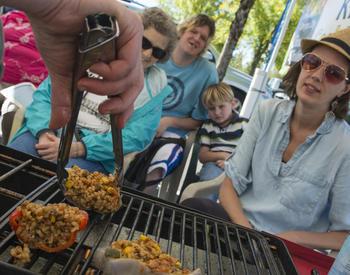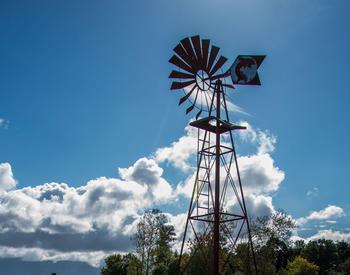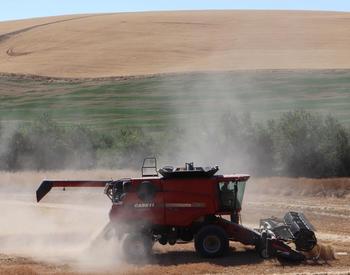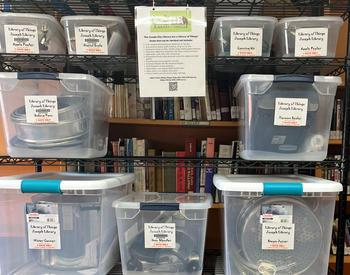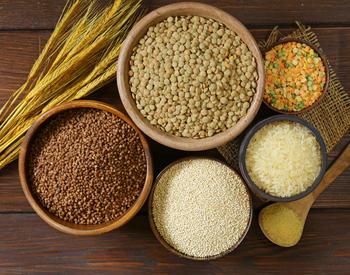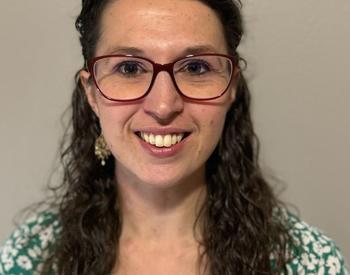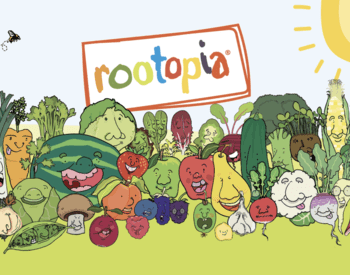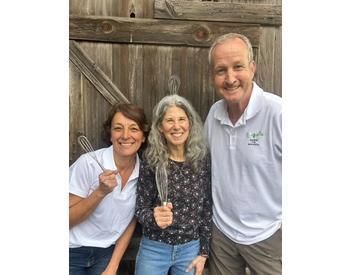I am interested in information about calcium supplements. Which do you recommend? I have heard that Tums can be a source of calcium.
As you would expect, there are many variables on how well a supplement is absorbed such as the type of supplement, the form of supplement, the amount of supplement, if taken with food or without, if Vitamin D is available, and the individual's ability to absorb the supplement.
Calcium supplement guidelines:
- Take with food for better absorption
- Take in small doses throughout the day (500 mg or less at a time)
- Ensure adequate Vitamin D is available
Some people prefer Calcium citrate because it is still well absorbed even without food and may be better absorbed by older adults that have less digestive enzymes. Some people prefer Calcium carbonate (like TUMS) because it is more affordable. Calcium gluconate has only 9% elemental calcium (the amount of calcium that can actually be absorbed) so it takes a larger volume to get the same amount of calcium.
So the bottom line is that any of these supplements could work, but it's important to find one that you will take on a regular basis. The RDA for calcium is 1000 mg and increases with age. For example, each pill of TUMS has 200-400 mg of Calcium.
Sources of calcium
In addition to seeking out supplements, try to incorporate the following into your diet:
- Dairy products
- Dark, green, leafy vegetables such as kale, spinach and arugula
- Fish with edible, soft bones
- Calcium-fortified foods and beverages.
Here is an article from the Mayo clinic that you might find helpful: Calcium and calcium supplements: Achieving the right balance.
